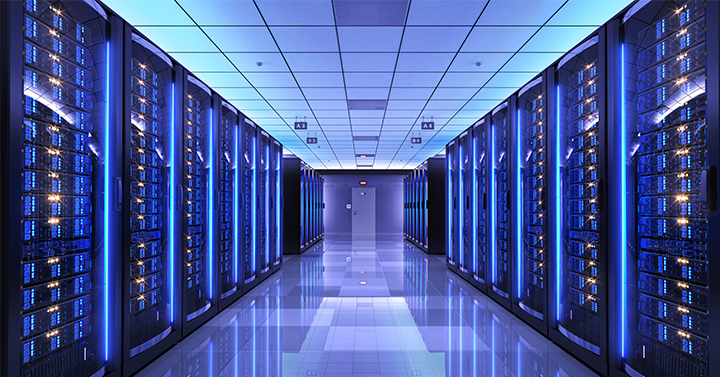By Pooja Sharma
Given the heightened focus on climate control and sustainability, data centers worldwide are working full throttle to develop cooling solutions that utilize less power and consume less water, providing opportunities in a rapidly developing technology: immersion cooling.
“Nearly, one-third to one-half of the total power consumed in a data center goes into conventional air cooling and HVAC systems.”
Pooja Sharma, Kline’s Project Manager
Thermal impact of data centers is also observed on water usage, where tons of water is required to keep data centers cool. Especially, data processing centers that are employed for artificial intelligence applications by giants such as Open AI or Google consume tremendous volumes of water.
Globally, there are 7,000 data centers spread across the world, with the United States accounting for the largest share, at approximately 40%. “As data-processing needs grow with the rise of the digital economy,” says Sharma, “there is an imperative for higher performance, smarter, more energy/cost-efficient, and sustainable data centers.”
The industry is beginning to move toward alternative forms of technologies in an effort to improve thermal management and reduce the overall power consumption in data centers. According to Sharma, who highlighted findings from our Immersion Cooling Fluids in Digital Infrastructure report:
“Immersion cooling can help solve these challenges. This technology offers superior performance compared with other technologies, pointing to value potential and opportunities.”
Pooja Sharma
Market segments are adopting immersion cooling technology at different rates. Taking advantage of this growing space will require a sector-specific and compelling value proposition balancing the key needs: performance, cost, and sustainability.
The biggest challenge for data-center operators in shifting the entire facility from air-cooled to immersion-cooled is that the existing cooling infrastructure is depreciated faster than planned, which has a negative effect on the ROI of the new liquid cooling installation.
At the same time, the total cost of ownership is lower, CPU/GPU performance is higher, and the environmental benefits are potentially huge.
Want to learn more? Watch our on-demand webinar!
Enjoyed this article? Stay updated with more insights like this. Subscribe to our newsletter!


